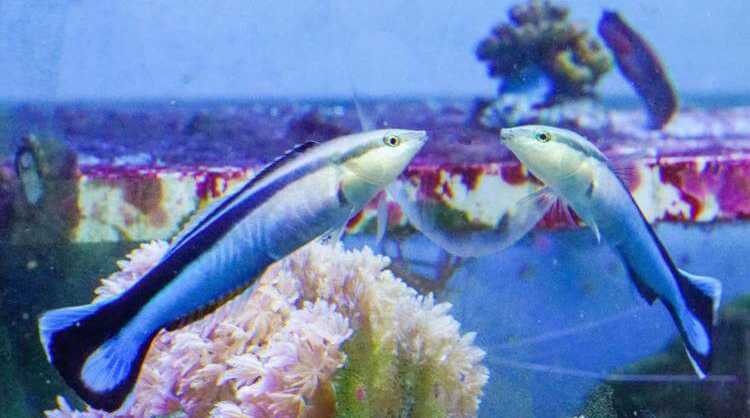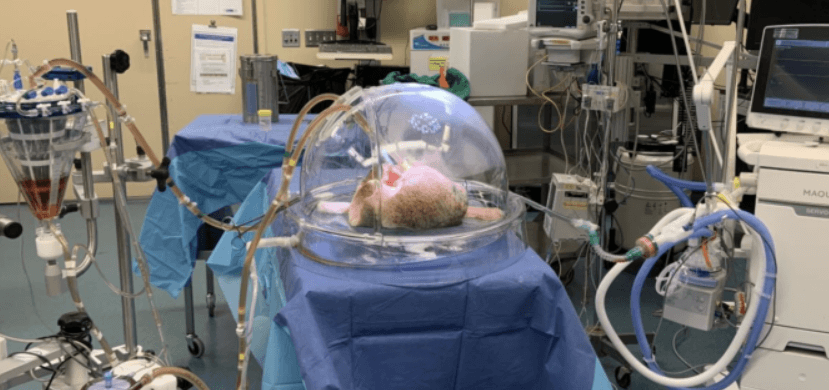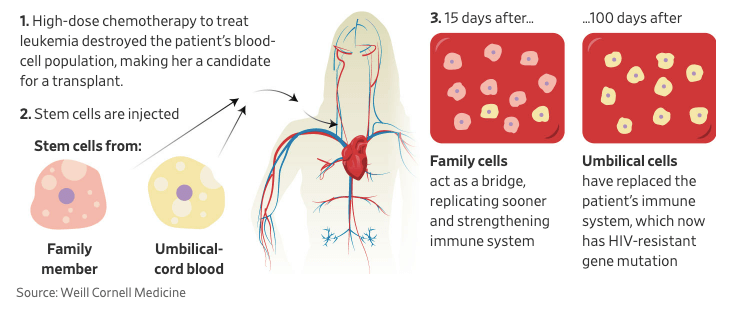The Fish in the Mirror

Image: Alex Jordan/AP
🪞🐟 Fish may be self-aware, according to the results of a study published last week in the peer-reviewed journal PLOS Biology, which follows up on a controversial 2019 study claiming the same thing.
- In both studies, a team of Japanese researchers subjected a type of fish called the cleaner wrasse to a famous experiment known as the mark test (or mirror test).
⚙️ Here’s how it works:
- An artificial mark is placed on an animal while it’s anesthetized in a place where it wouldn’t normally see.
- When the animal comes to, it’s given access to a mirror.
- If the animal inspects the mark on its body, or tries to touch it or remove it, that suggests the animal recognizes itself in the mirror and is self-aware.
📸 The big picture: A handful of mammals and birds have passed the mark test, including magpies, chimpanzees and dolphins. These researchers are the first to claim that a fish has done so, too.
But their initial 2019 study drew pushback from the scientific community, with some suggesting the tests fell short of establishing mirror self-recognition.
- Per the researchers, this updated study was intended to address the critiques of their previous work, and that the new results “increase our confidence” in the initial conclusions.
Share this!
Recent Science & Emerging Tech stories

Science & Emerging Tech
| February 22, 2022Scientists Create Universal Blood-Type Organs
🫁 Researchers in Toronto succeeded in converting multiple pairs of lungs from one blood type to another using a combination of different technologies, according to a new paper published last week in Science Translational Medicine.
- There are four major blood type groups: A, B, O, and AB. For any organ transplant to work, the donor needs to have a blood type that’s compatible with the recipient.
- Type O is often referred to as the ‘universal donor’, since it’s compatible with all other types.
- On the flip side, those with type O blood can only receive transplants from people with the same blood type, which can be found in ~45% of Americans.
- In this experiment, medical researchers at the Toronto General Hospital Research Institute managed to turn eight type-A lungs into type-O lungs.
- "There are situations where we may get a B donor, but we don't have a B recipient," said Marcelo Cypel, a professor of surgery at the University of Toronto and lead author of the paper. "If we could use that organ in any of the patients in our waitlist, then we would always have a patient to receive that organ."
🧫 The big picture: Scientists hope this technique can eventually be adapted to change the blood types of all organs, not just lungs. More than 106,000 Americans are currently waiting for an organ transplant, with average times ranging from a few months to a few years depending on the organ.

Science & Emerging Tech
| February 16, 2022HIV is MIA Thanks to New Treatment
🦠 A NYC woman of mixed race appears to be the third person ever cured of HIV after receiving a transplant of blood stem cells from an adult relative and the umbilical cord of an unrelated newborn. The details of her case were presented yesterday at the Conference on Retroviruses and Opportunistic Infections.

Science & Emerging Tech
| February 15, 2022Somebody Call Jason Statham
🏜️ There’s a new ‘Meg’ in town. The drought enveloping the southwestern US over the past two decades is the region’s driest ‘megadrought’ in more than 1,200 years, according to a new study published in the peer-reviewed journal Nature Climate Change.
You've made it this far...
Let's make our relationship official, no 💍 or elaborate proposal required. Learn and stay entertained, for free.👇
All of our news is 100% free and you can unsubscribe anytime; the quiz takes ~10 seconds to complete